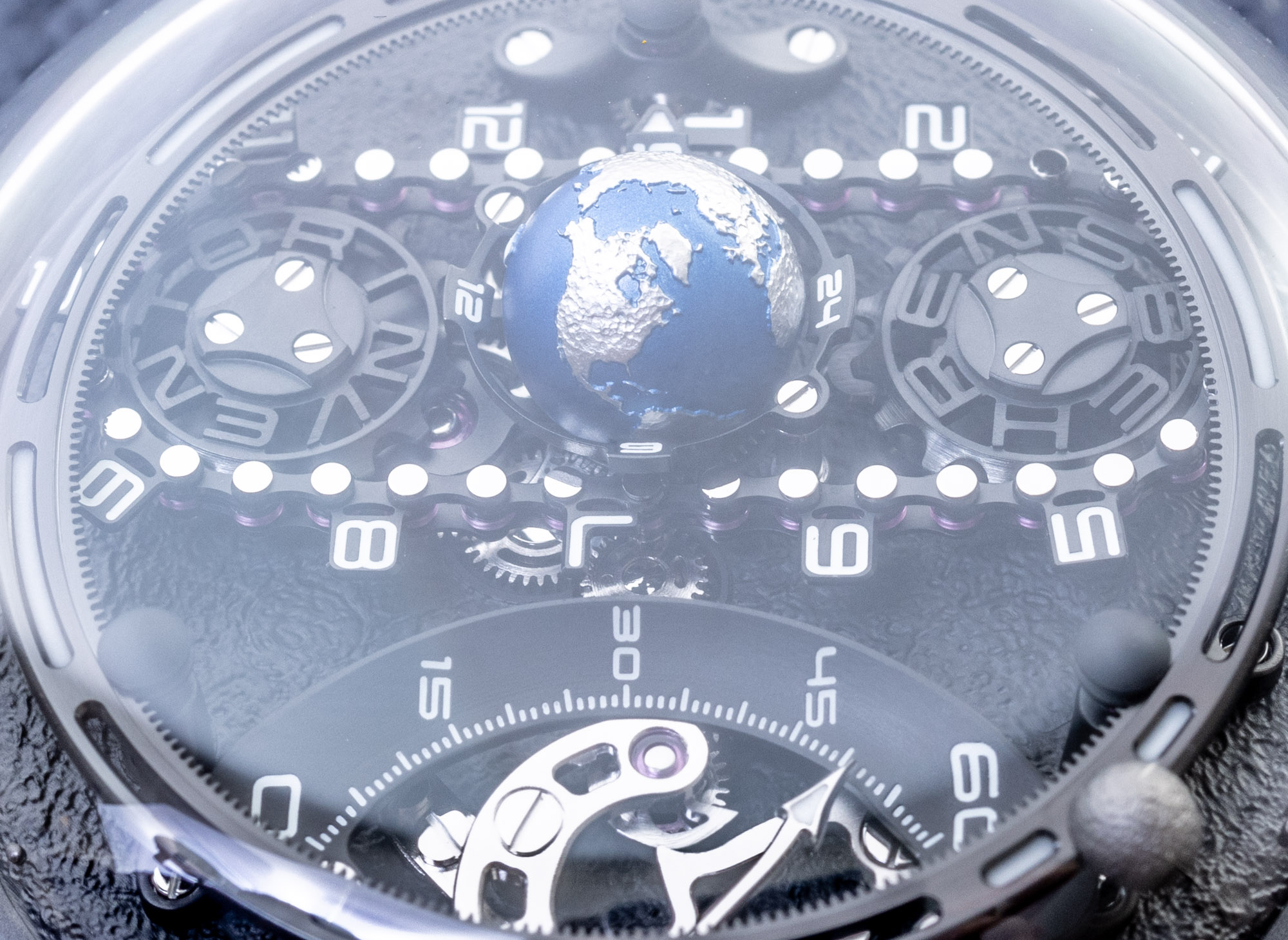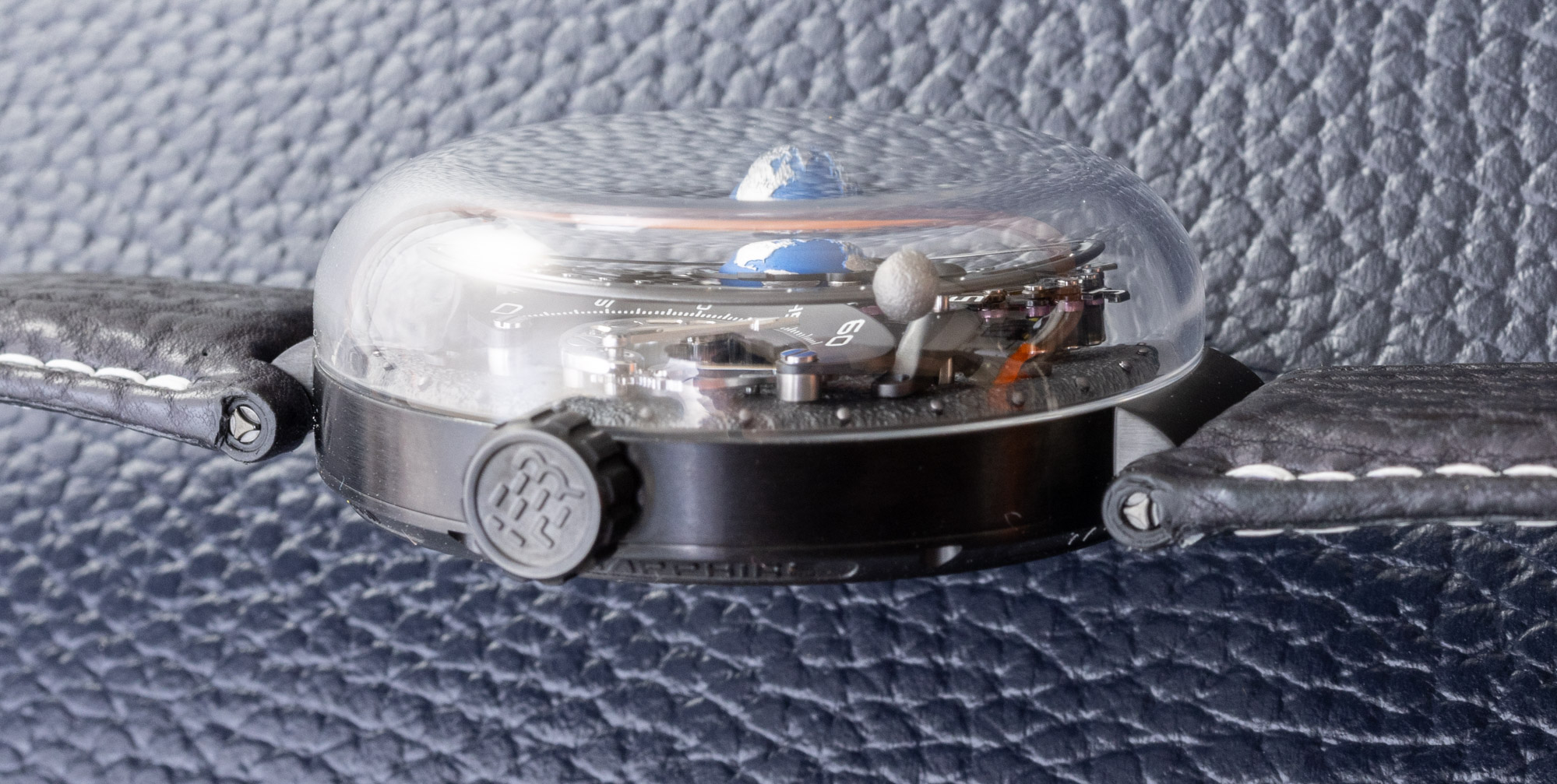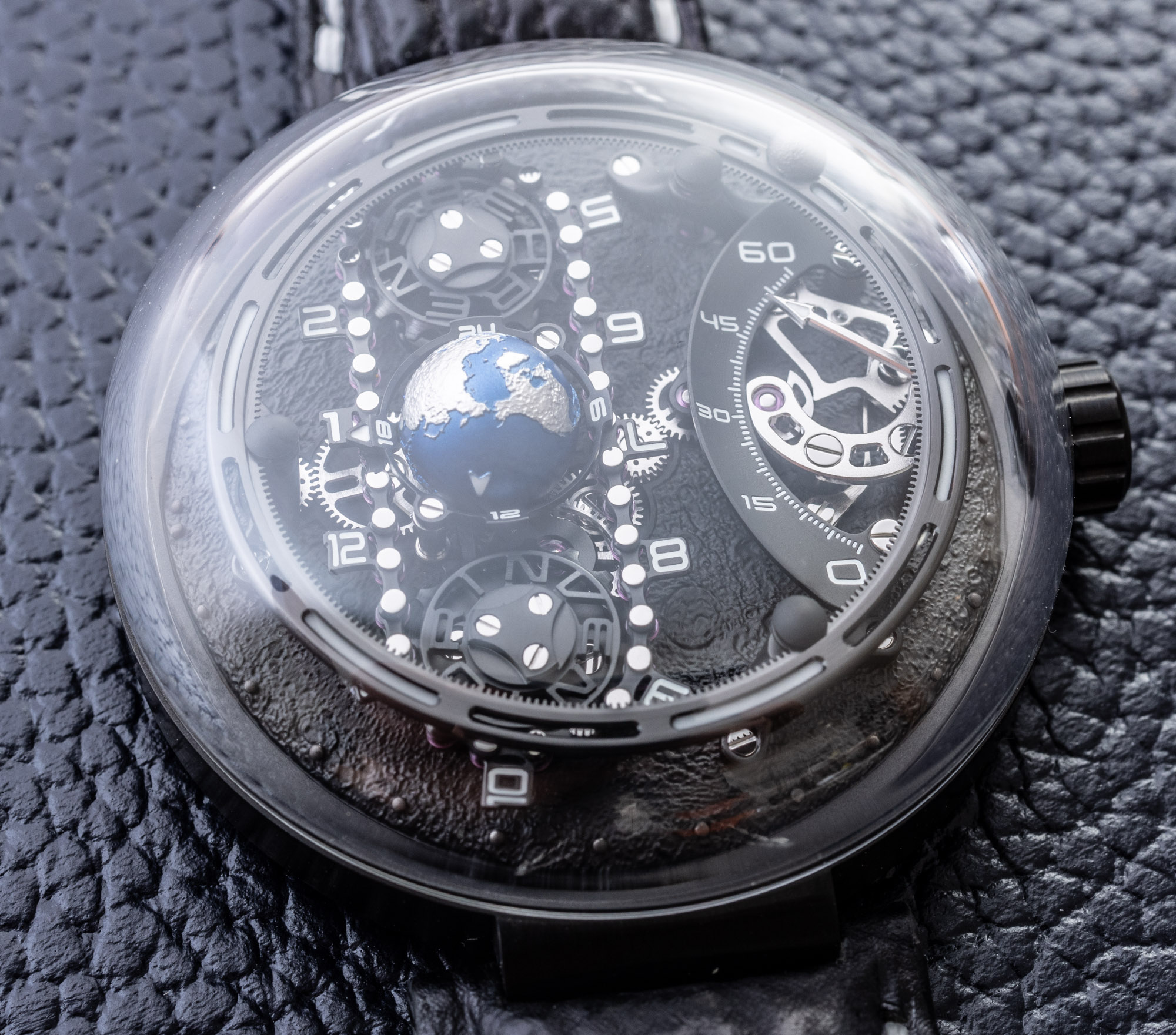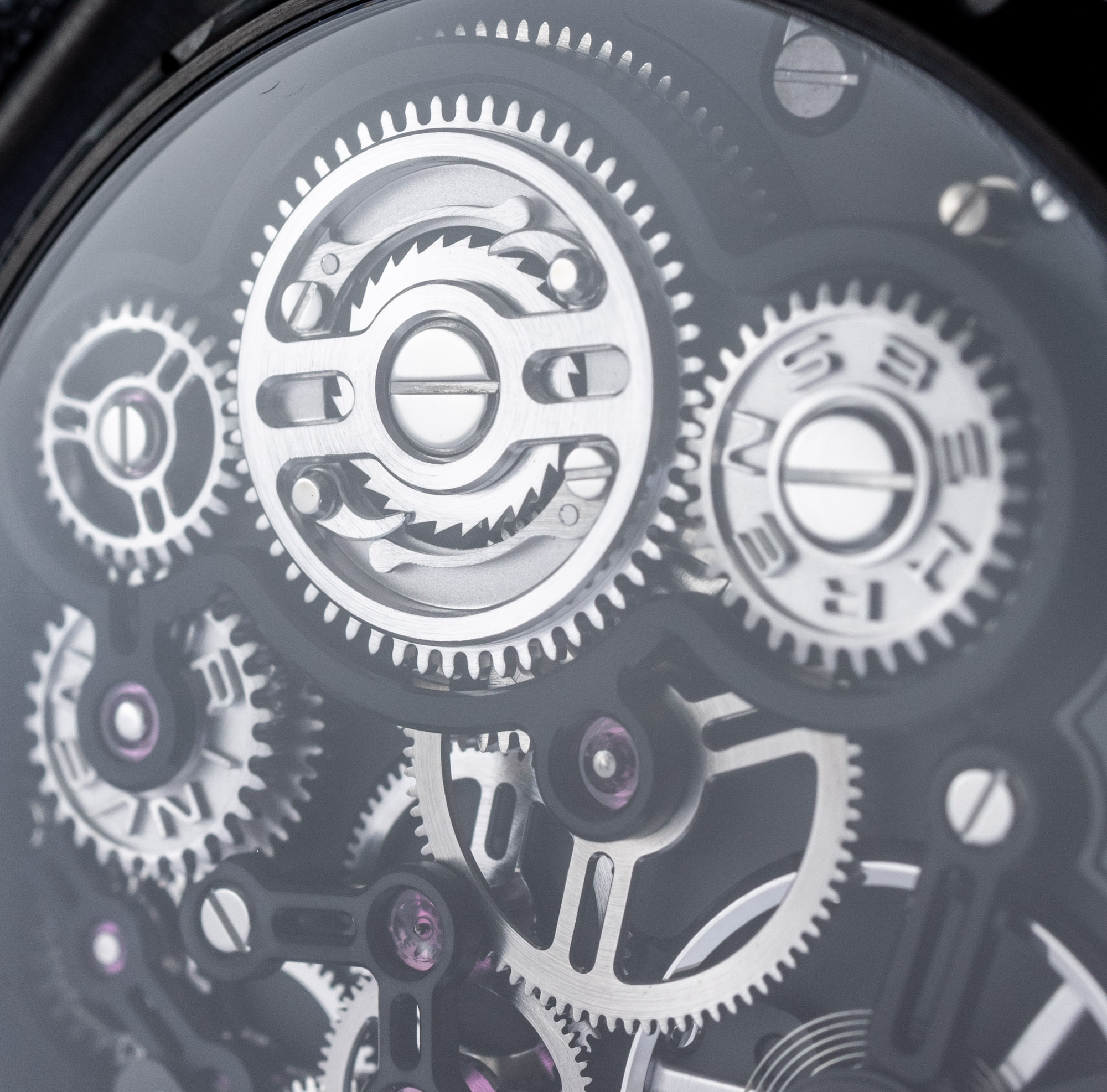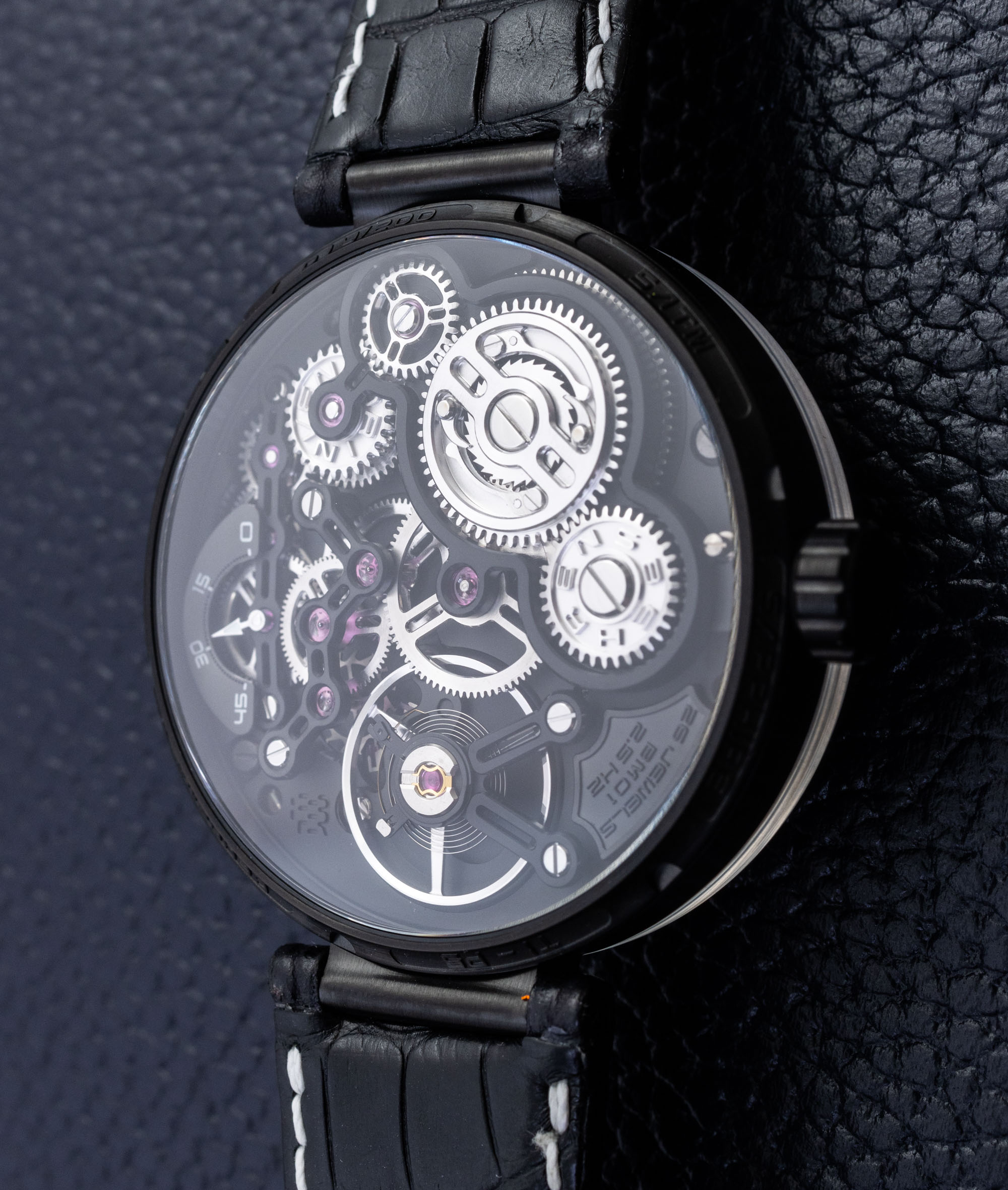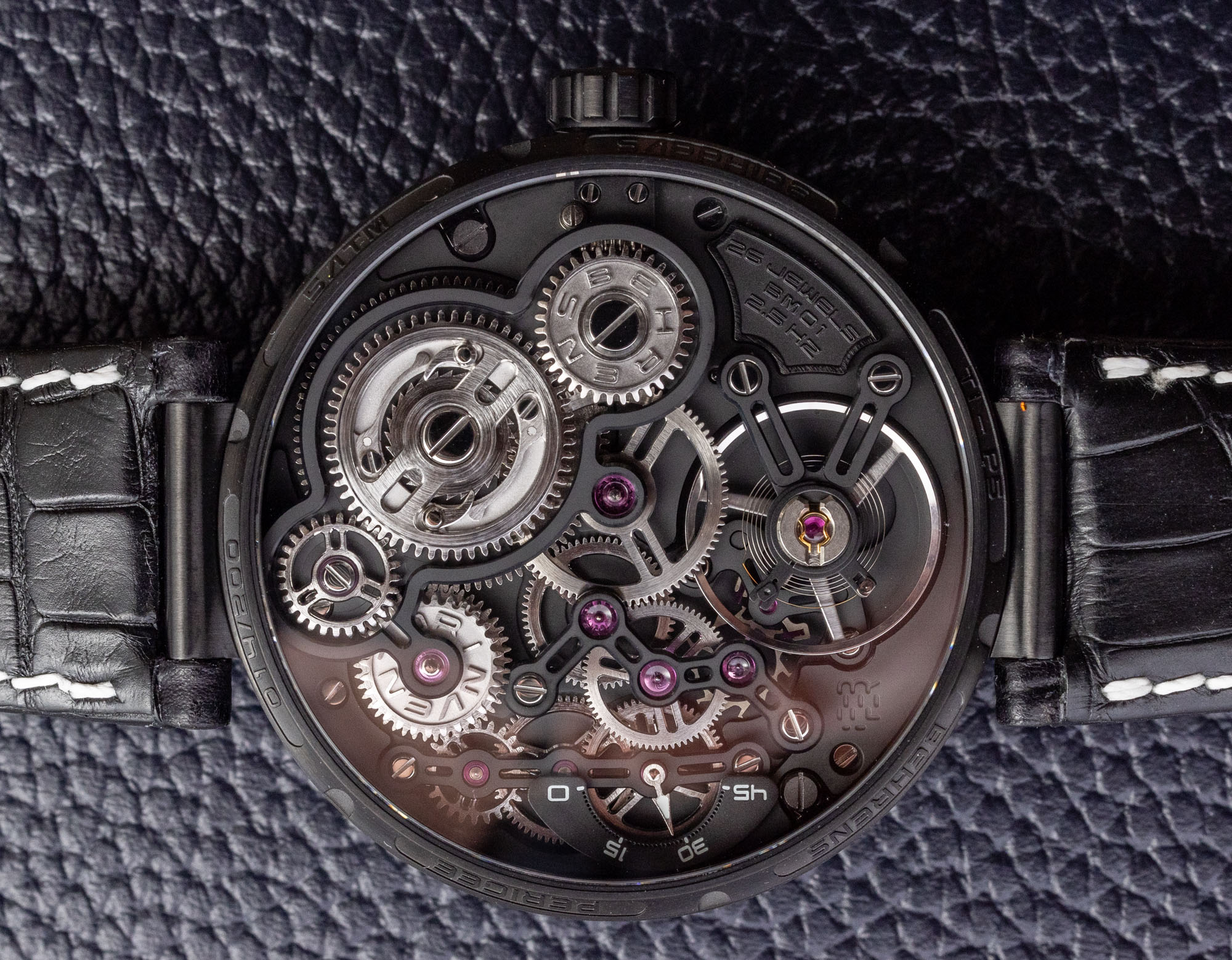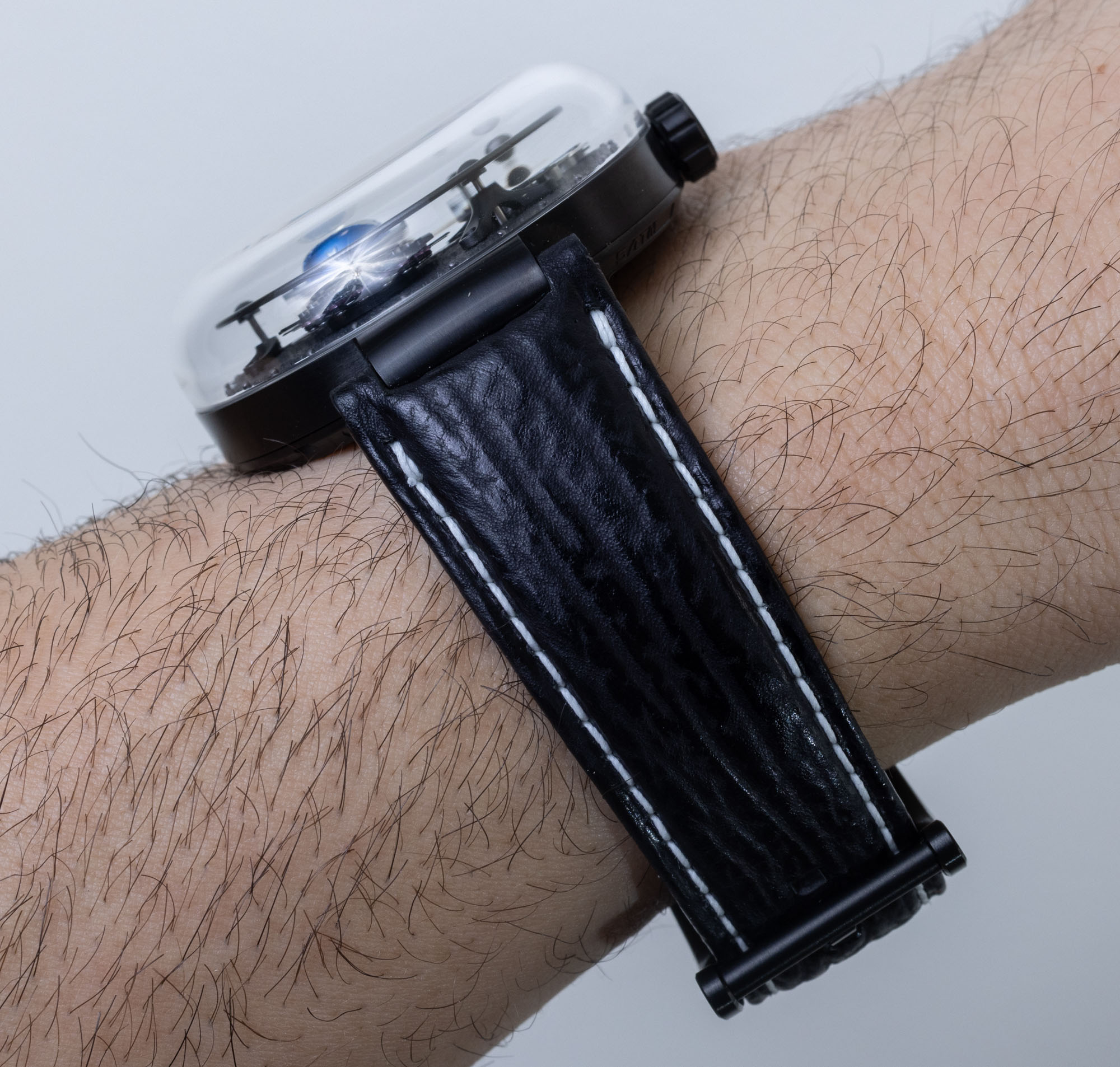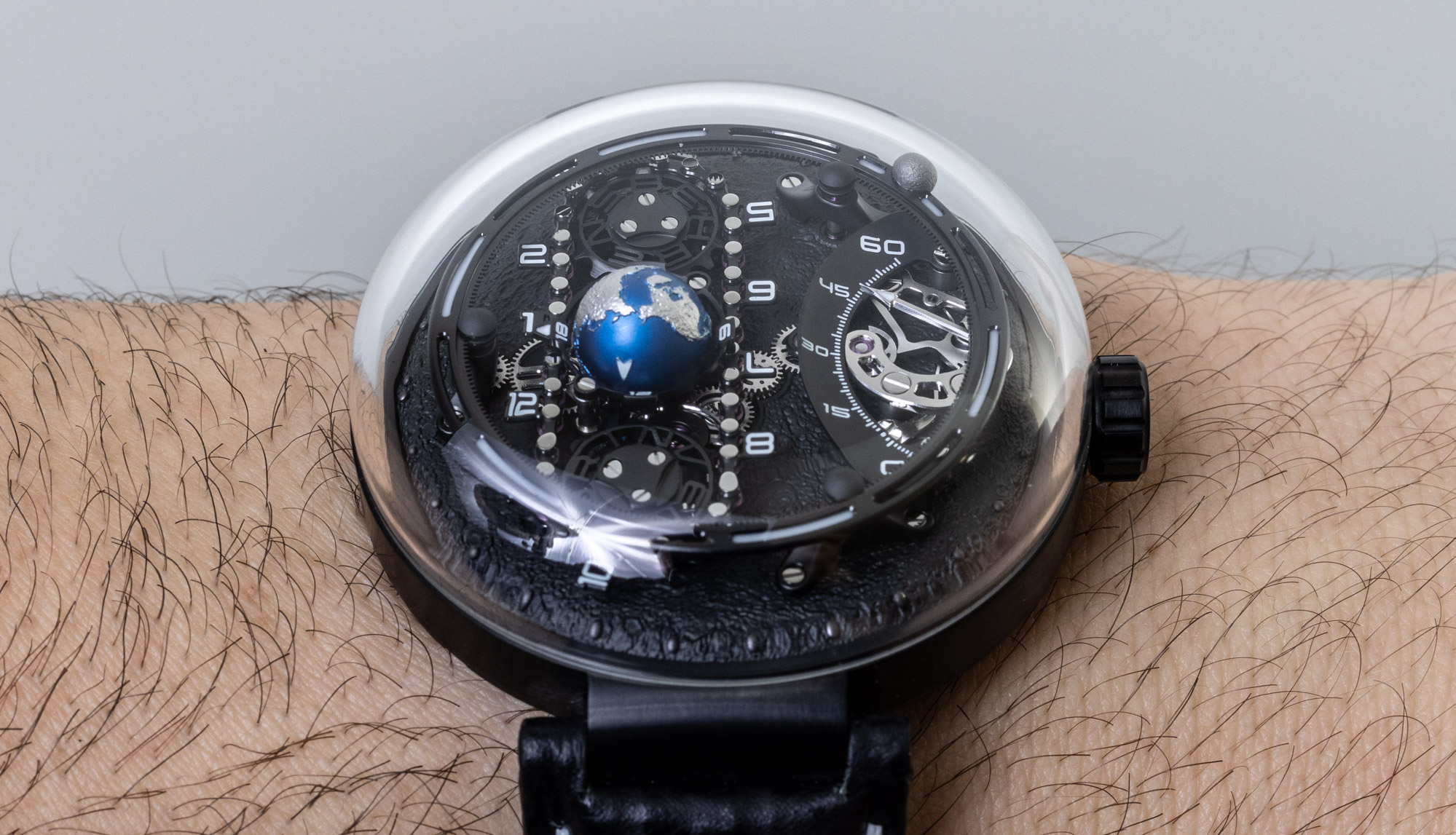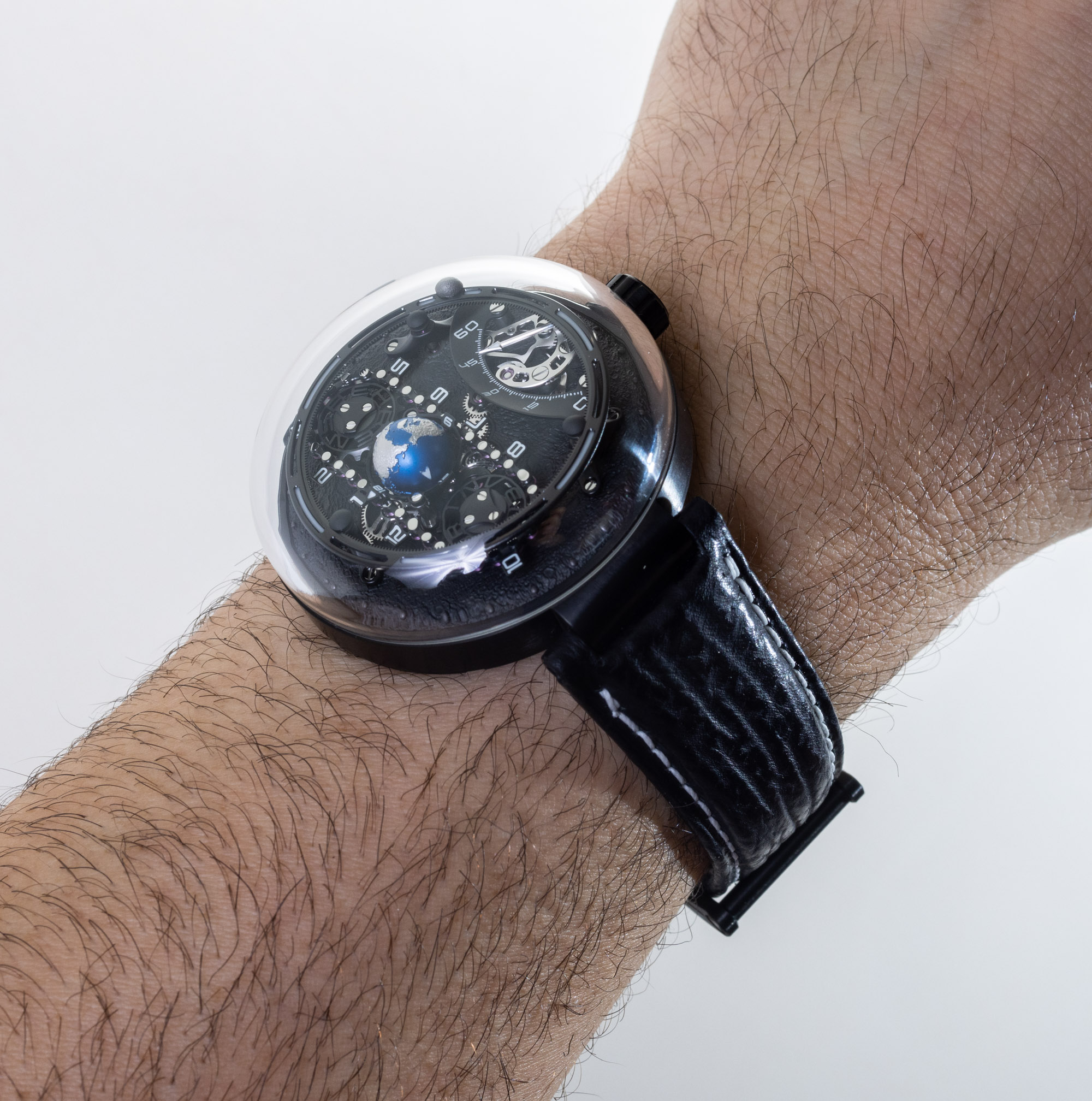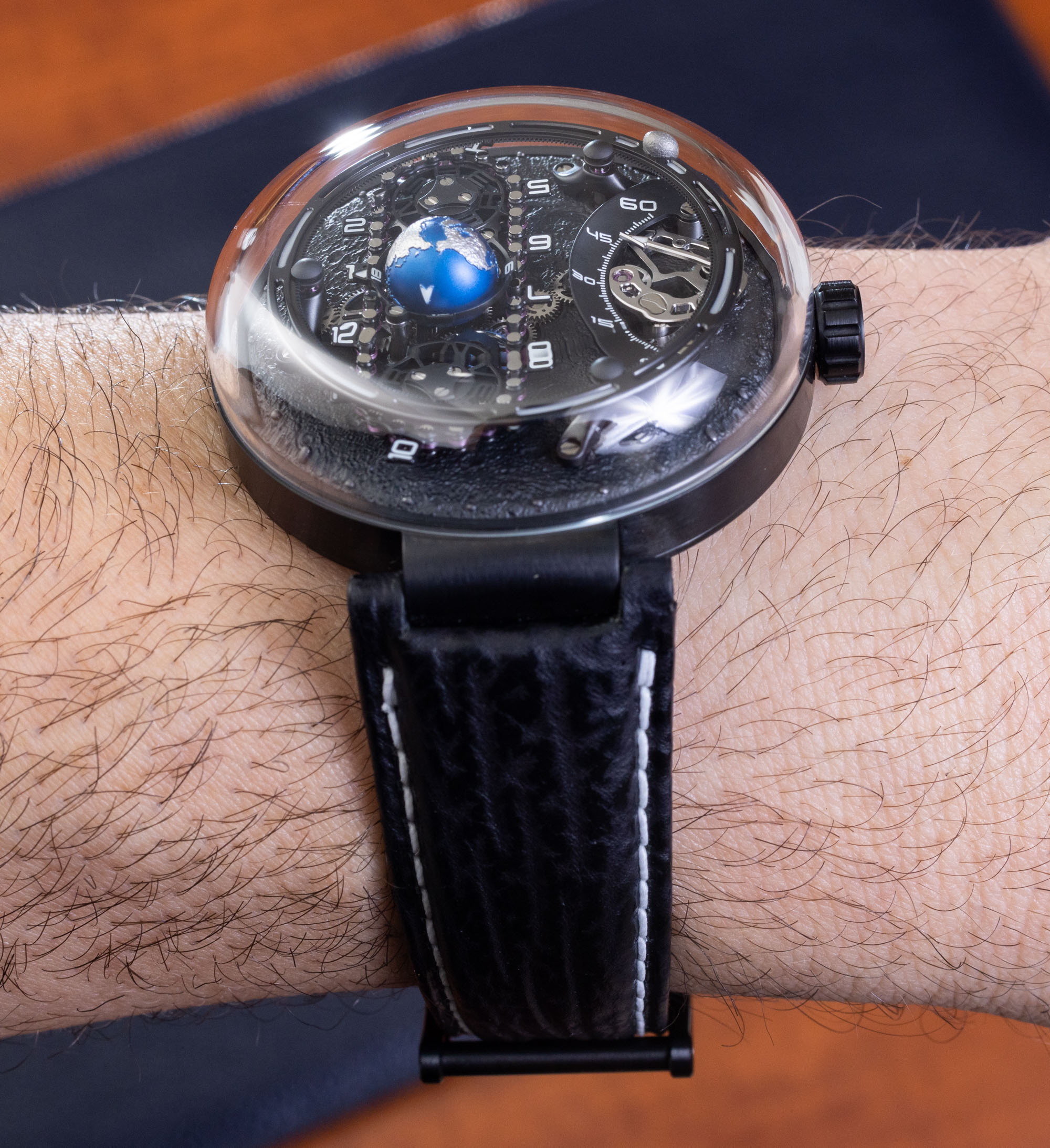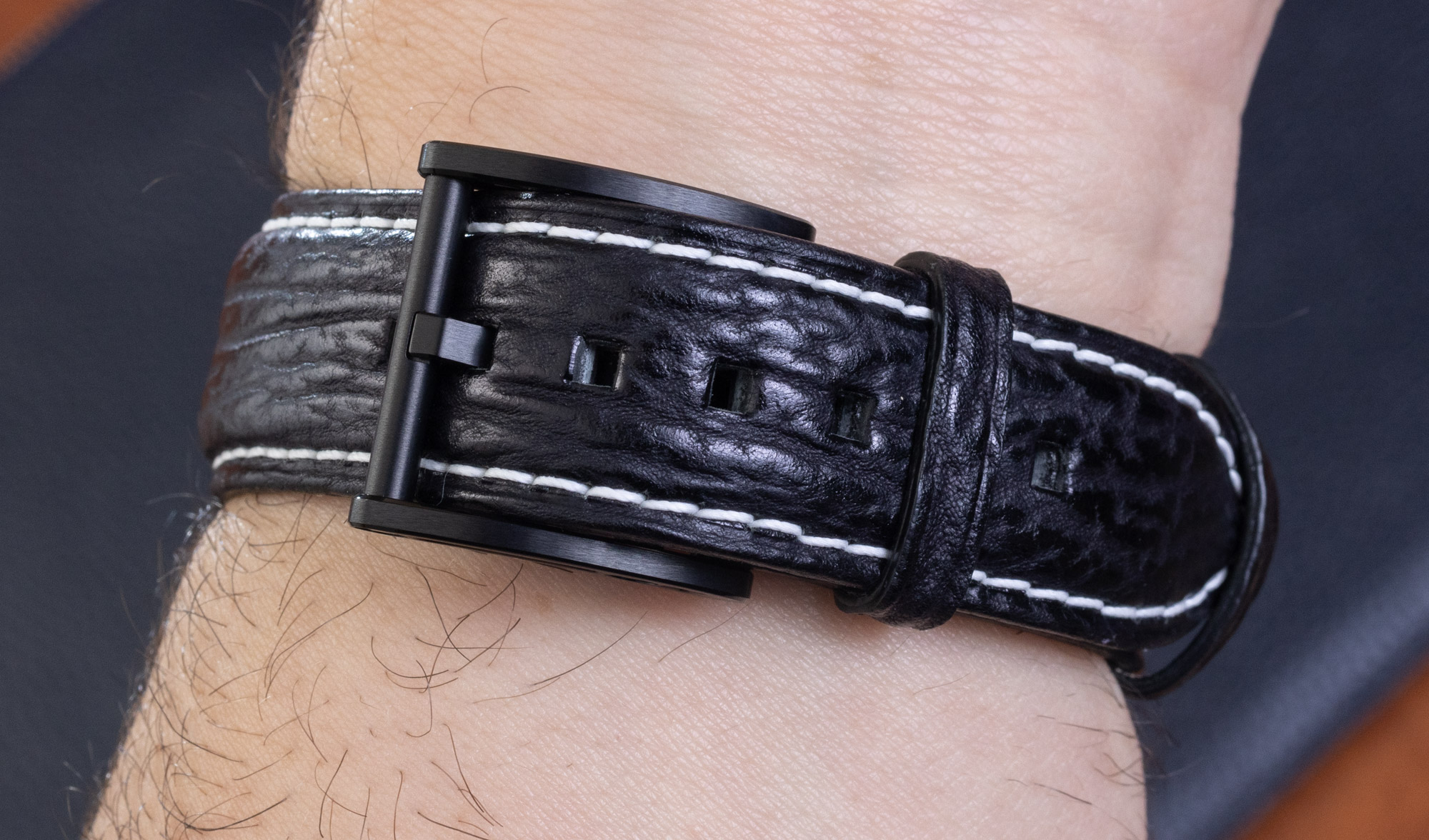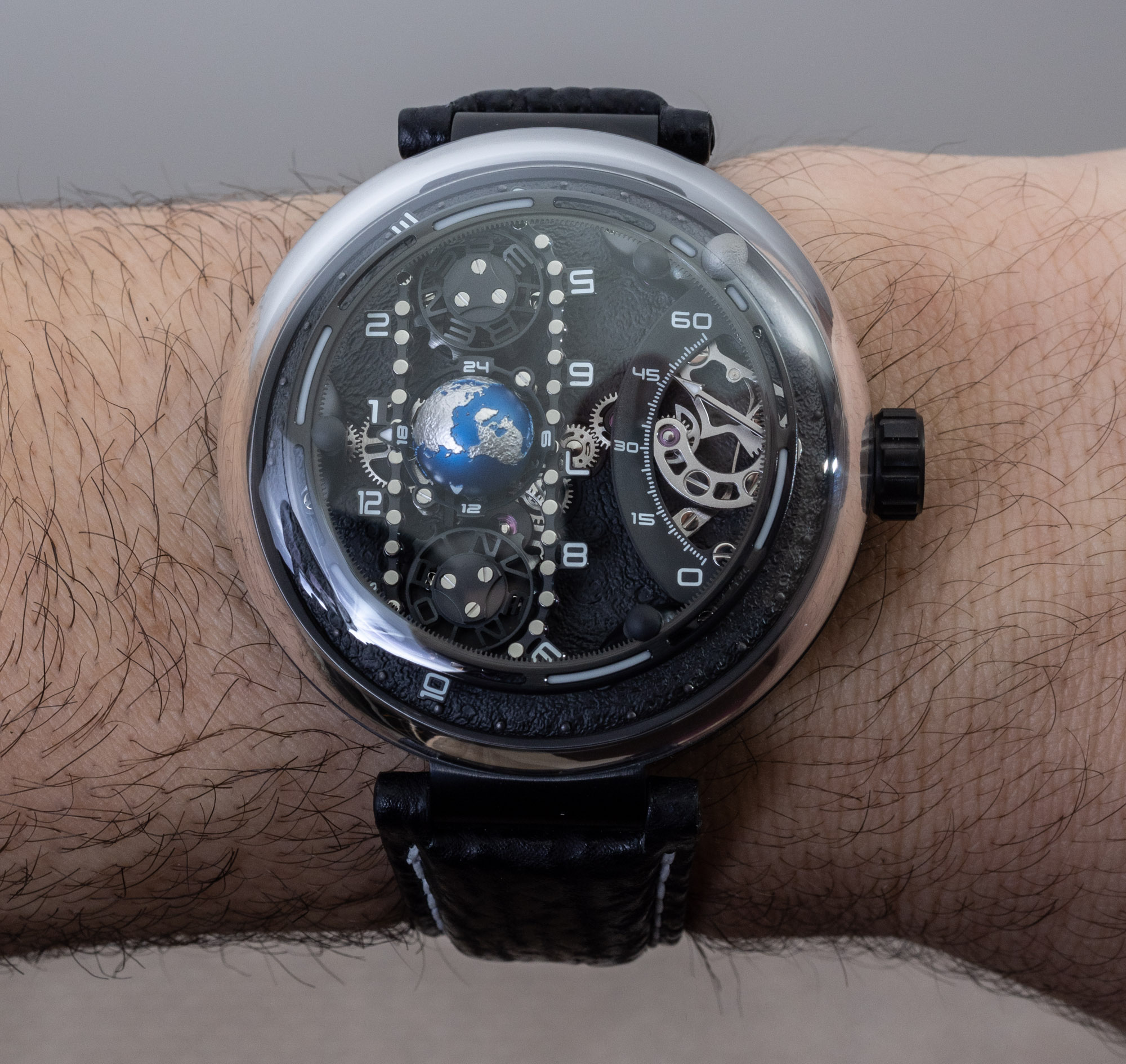
At this time, the Perigee is the most expensive watch offered by the still very new-in-the-West watchmaking company Behrens. Based in Shenzhen, China, Behrens was founded in 2012 by a group of engineers and watch lovers. Very little stuff like this is made in China, even though the country is responsible for a very large percentage of the parts that go into even Swiss Made timepieces. China is a watchmaking behemoth, and yet the West is only starting to take its home-grown watch brands seriously. Behrens is interesting to me not only because of the more sophisticated nature of its products but also the tendency to be creative, offering imaginative designs and directions. That said, the core business model of Behrens does fit the Chinese mold, but not in a bad way. In essence, the folks at Behrens are trying to lure fans of expensive European complicated mechanical watches, but at appreciably lower (yet still high-end) prices.
In astronomy, the perigee point is a position in orbit where one object is as close to another object as it will get in that orbit motion. Alternatively, the farthest point is known as the apogee. I think the “Perigee” name was chosen because of how the hour markers move on the dial. Seeming to orbit around the earth structure in the middle of the face, the current hour is read when the hour marker is at its left perigee point near the small hand. The hour markers move on a complicated chain system that is a highlight feature of the Perigee watch.
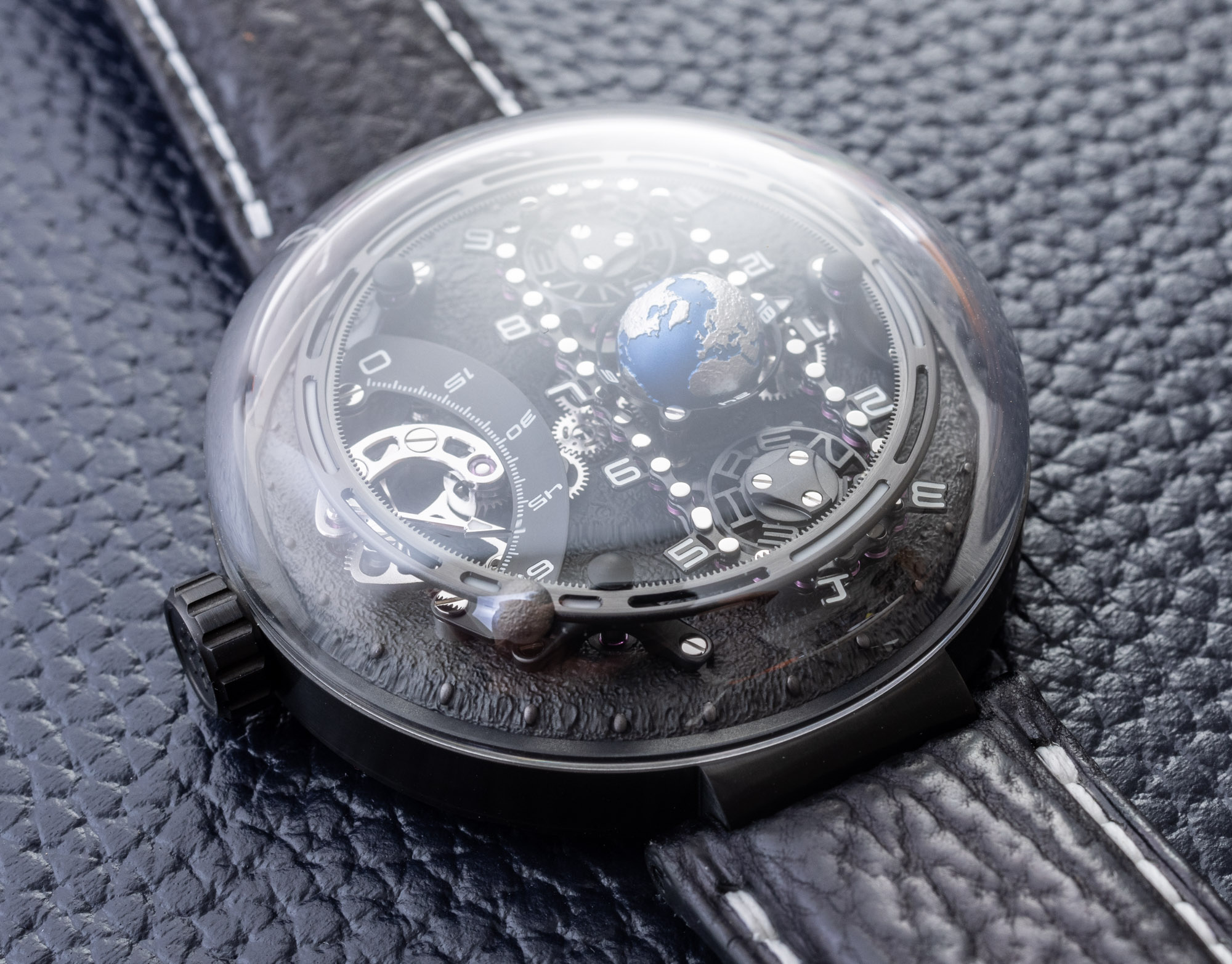
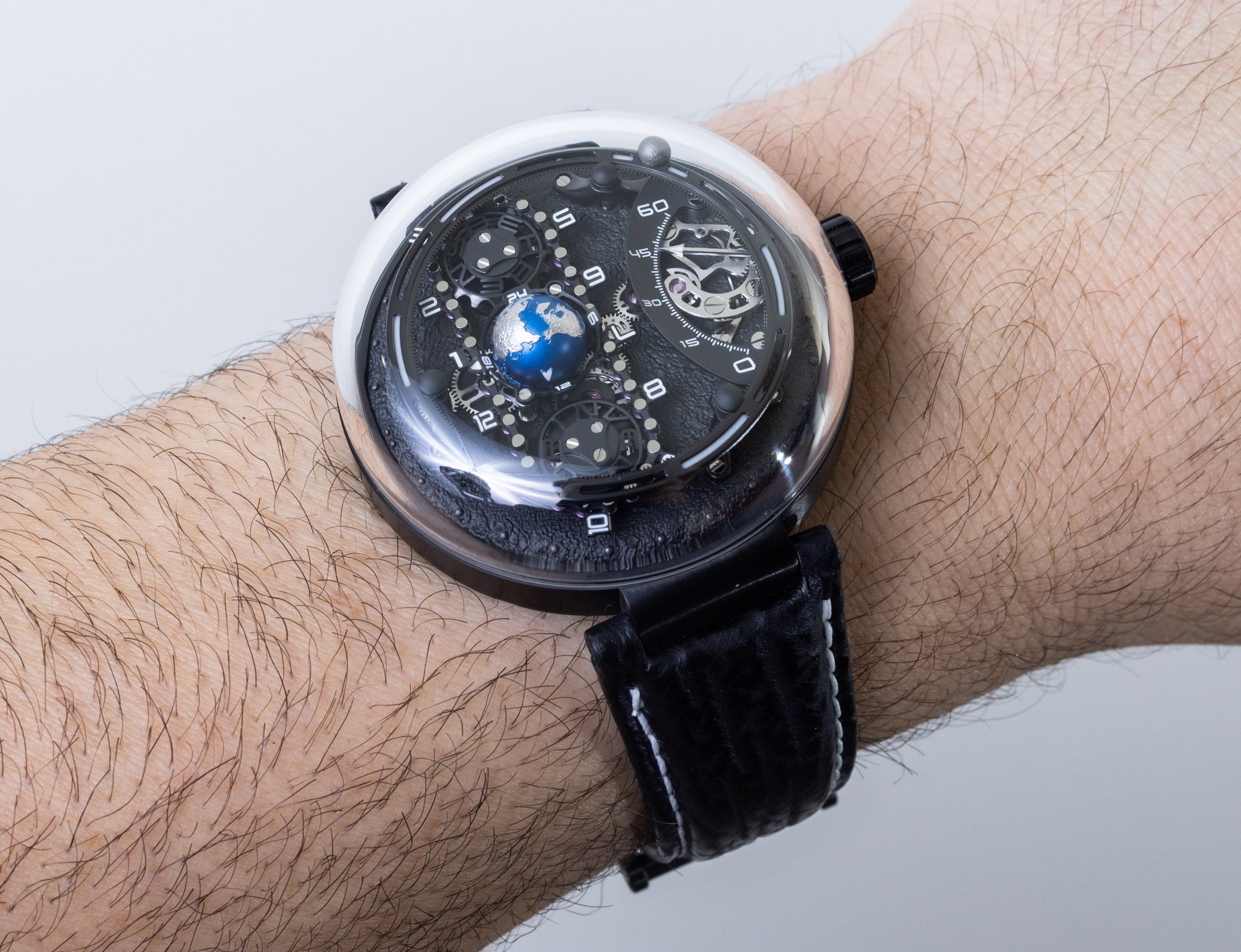
The chain is similar to some used in very high-end Swiss watches and, in this instance, uses synthetic rubies as palettes in the chain. The rubies have a lovely red color — more importantly, they provide very high levels of wear resistance (meaning that the chain can be operated for a very long time). The chain is driven by two skeletonized gears (the top of which has the “Behrens” name spelled out), and time is read via the small white arrow to the left of the earth structure. The chain turns one way every 12 hours, and in the center of the system is a blue and silver representation of the earth that spins every 24 hours.
This latter system is interesting because you get both a convenient 12-hour indication of the time to read, as well as a visual look at the rotation of the earth during the same time period. This is synchronized to the main time, so it really acts as a fancy form of AM/PM indicator. To the right of the hour indication system is a retrograde seconds indicator. This feature is very beautiful and includes a classically elegant hand and some skeletonization of the movement. It also feels like a feature from a different watch, as there is a very real sense of contrast between this traditional element and the otherwise highly contemporary timepiece composition.
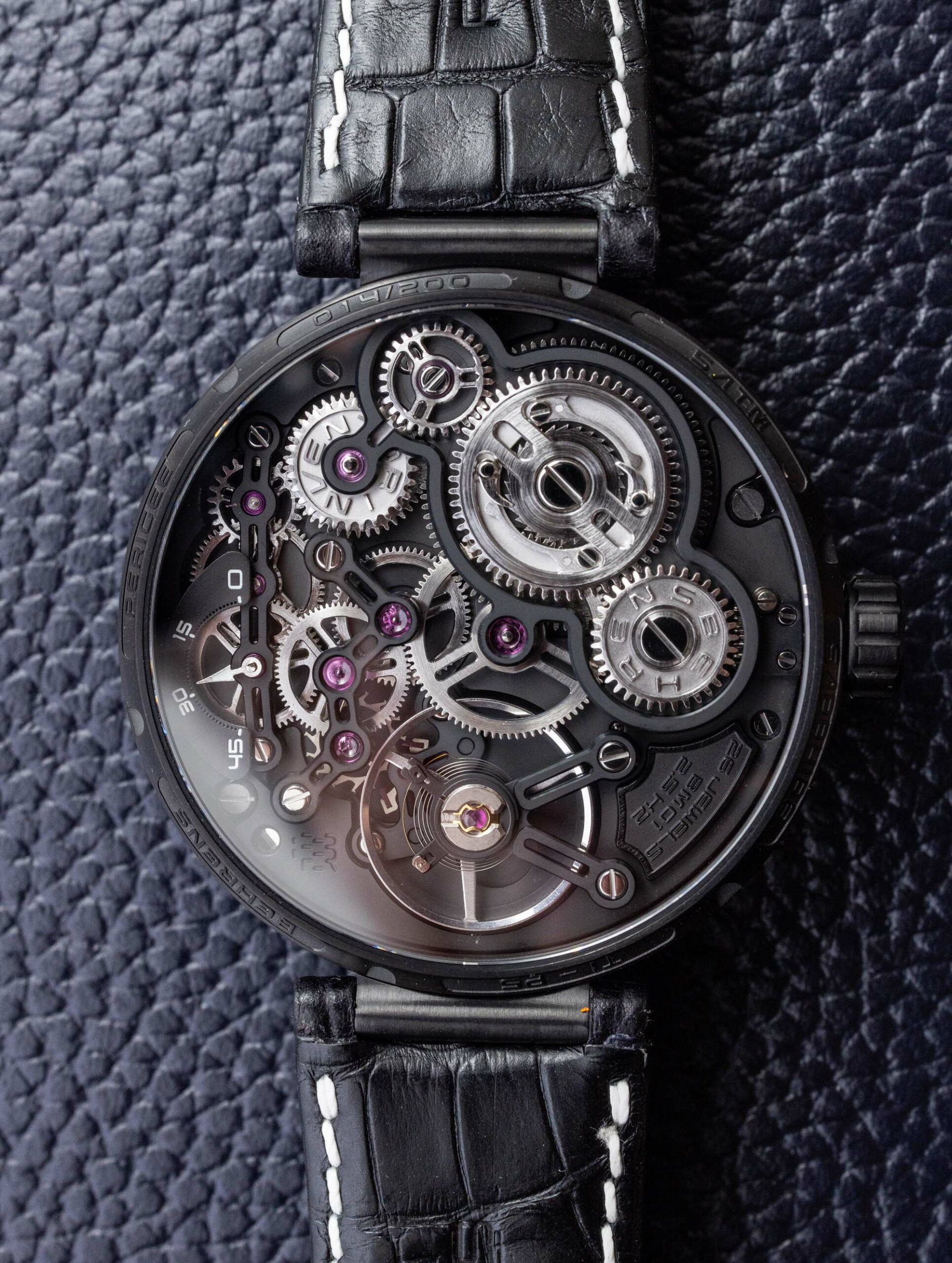
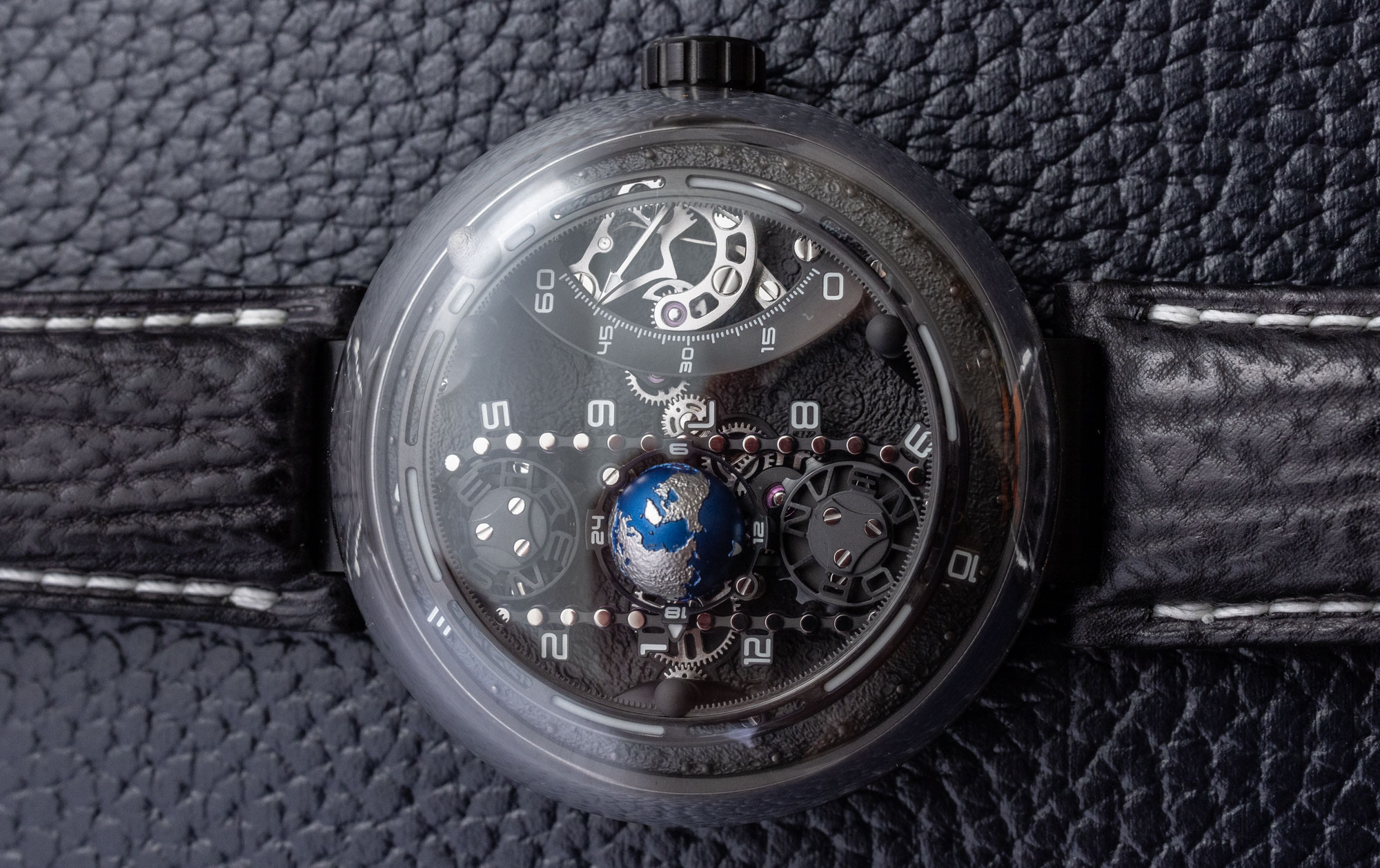
If you haven’t already noticed, the entire point of the Perigee dial is to look like a celestial display, and one of the coolest features is how Behrens designed the moon phase indicator to work. I’ve not really seen anything like it in a long time, perhaps ever, on a wristwatch dial. The way it works is that around the periphery of the Perigee dial is a small gray orb that represents the moon. It makes one full rotation around the earth every 27.3 days. If you look closely, you’ll also see small dots around the outside of the dial that are used to help set the moon’s position (otherwise, it would be nearly impossible to set it correctly). This system doesn’t produce the shape of the moon in terms of its phase, but rather its relative position around the earth as it makes its orbit. I think that is very interesting, and the only thing missing on the dial is a representation of the sun’s position. The best watch that has done that to date, in my opinion, is the Ulysse Nardin Moonstruck (which I reviewed on aBlogtoWatch here), and it had a retail price of about $100,000 a decade ago.
The icing on the cake of this interesting dial time display is the luminant painted on many of the indicators, making for a great darkness display. In general, Behrens watches make fun use of luminant, which is something that I believe is probably important to its design team of watch nerds like us. The backdrop of the dial is a textured black surface that feels like a moon or asteroid’s surface. The downside of the dial is its legibility. Everything is nicely detailed and well-made but also very small. So this isn’t a watch that offers you the ability to glean the time at a glance. Then again, a dial like this really isn’t meant for such brief viewing periods.
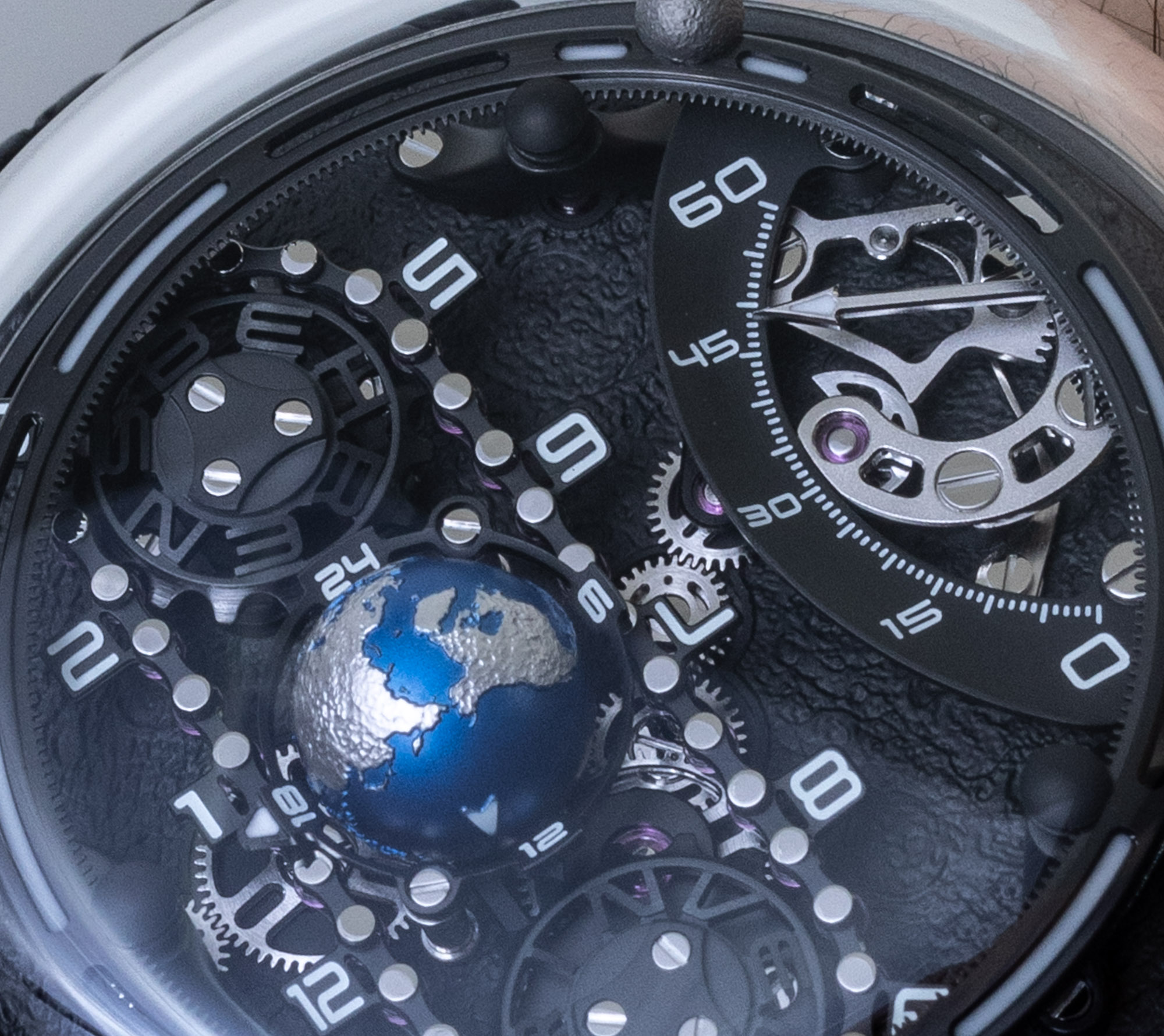
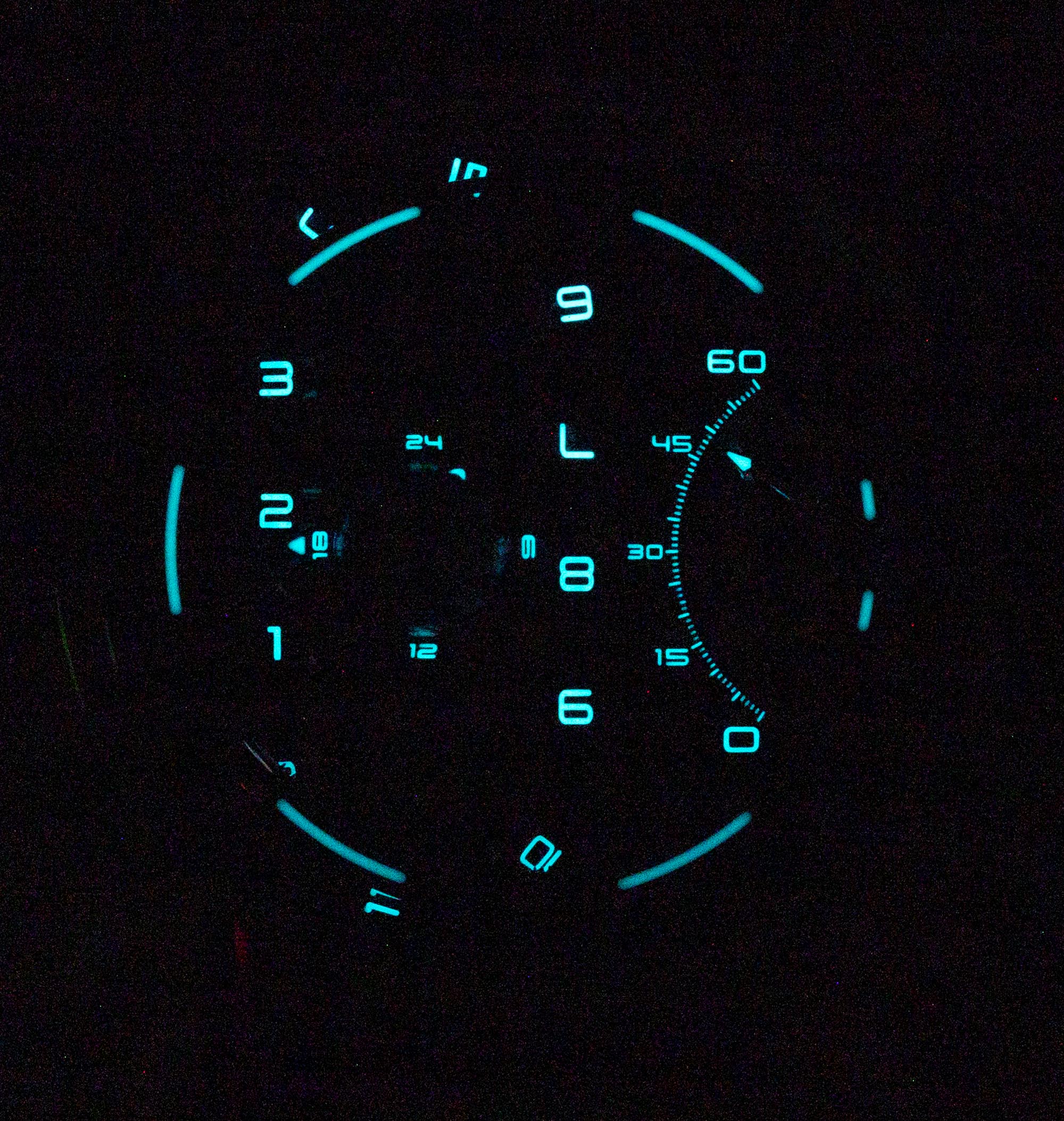
An additional complication in the movement is a power reserve indicator, which is located on the rear of the movement and visible through the sapphire crystal caseback window. The movement is designed by Behrens and is known as their caliber BM01. It is manually wound, operating at 18,000 bph (2.5Hz) with 45 hours of power reserve. I believe the movement uses a lot of power, which is why the frequency is that slow. It simply takes a lot of energy to move not only a retrograde hand but also a heavy chain assembly.
The movement is otherwise really nice to look at. It makes use of a matte black-colored mainplate and bridges, along with a lot of handsome (and modern) skeletonization. The overall movement design and construction are excellent to observe. The overall watch case itself is 43mm-wide and water resistant to 30 meters. The case is meant to be very wearable with nearly no lugs and has a roughly 49mm long lug-to-lug distance. The case is about 17mm-thick, but it doesn’t look that thick because more than half of the thickness is attributed to the highly domed (and well-AR-coated) box-style sapphire crystal. The case material itself is black PVD-coated titanium. Attached to the case is an attractive black crocodile strap with white contrast stitching.
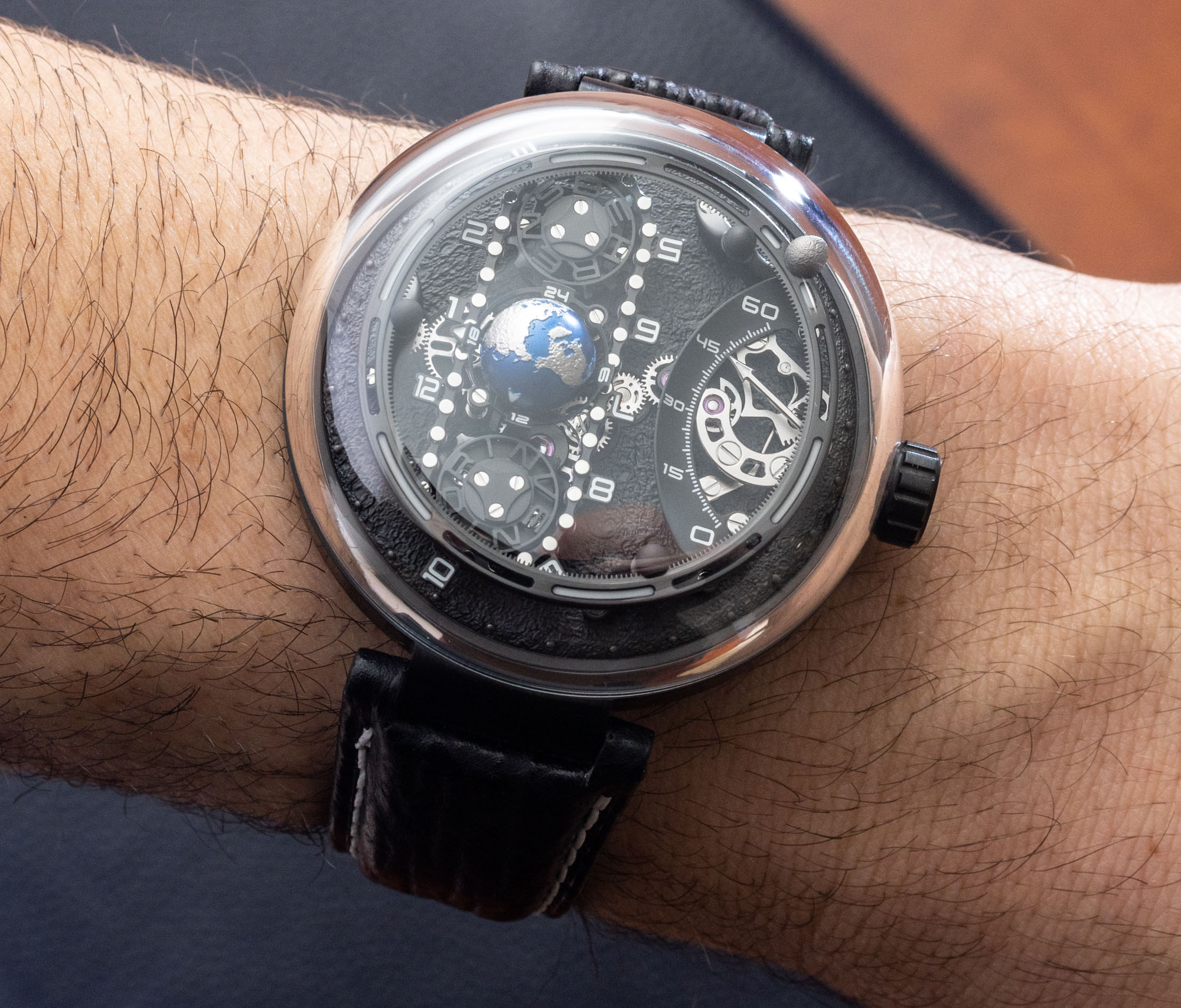
The Behrens Perigee is a wonderful concept in action and demonstrates just how much the Shenzhen company can do. Their ability to create high-precision modern micro-mechanical designs is very impressive and it matches much of what you see in the West (that comes with much, much higher prices). In that way, Behrens is still a “look what we can do” brand, as opposed to a design statement unto itself — but it is still young. I am certainly very impressed with what I have seen from Behrens and believe that the brand will be a growing force within the collector community. The Perigee, with its in-house movement and sophisticated mechanics, is the company’s most ambitious project yet — and it is limited to just 200 pieces. Price for the Behrens Perigee reference BHR027 watch is $13,500 USD. Learn more at the Behrens website.
Necessary Data
>Brand: Behrens
>Model: Perigee BHR027
>Price: $13,500 USD
>Size: 43mm-wide, ~17mm-thick, ~49mm lug-to-lug distance.
>When reviewer would personally wear it: Around timepiece enthusiasts or when I want to have something impressive and not-yet-familiar on my wrist.
>Friend we’d recommend it to first: Fan of astrological watches who likes to evoke curiosity by showing people their timepiece dials.
>Best characteristic of watch: Beautiful movement concept and execution. Very wearable despite size; unique personality.
>Worst characteristic of watch: Reading the time requires precise vision. Movement only allows setting the time forward, not backward (and with no rapid way of adjusting the moon position).

